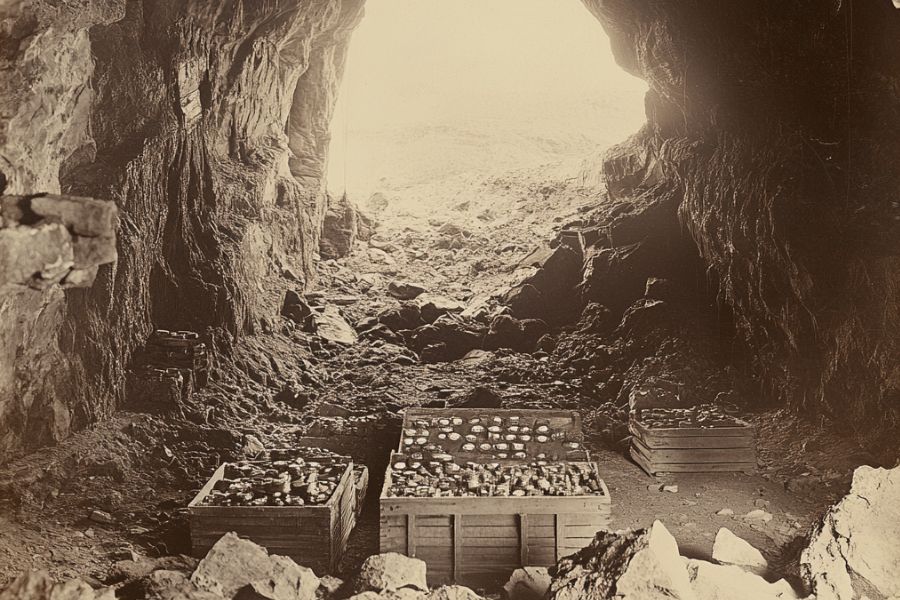Did you know New York is hiding secrets worth millions? Beneath our busy streets, quiet forests, and rolling hills, tales of buried treasures and hidden fortunes have sparked the curiosity of adventurers for centuries.
Some of these treasures date back to the Revolutionary War, while others are the result of legendary heists.
Exploring these stories is more than just fascinating—it’s an adventure waiting to happen. Imagine stumbling upon a chest filled with gold or uncovering relics from a time long past.
From pirate loot supposedly buried on Long Island to mysterious gold hidden in the Adirondacks, these treasures are scattered across the state. Who knows? The next clue to one of these fortunes could be waiting in your own backyard.
So grab your curiosity and a good map—New York’s mysteries are calling!
The Hidden Treasures Of New York That Are Waiting To Be Discovered
Here are a few of the most fascinating and valuable treasures that remain undiscovered:
Dutch Schultz’s Hidden Fortune – $150,000,000+

Schultz, born Arthur Flegenheimer, amassed wealth through bootlegging and other illegal activities. He was a notorious gangster during the Prohibition era and is rumored to have hidden a fortune in upstate New York.
As law enforcement closed in on him in the 1930s, Schultz allegedly placed cash, gold coins, and jewels into a waterproof safe. He then buried this treasure, estimated to be worth millions, in the Catskill Mountains.
In 1935, shortly after a trip to Phoenicia, New York, Schultz was fatally shot in Newark, New Jersey. His death left the treasure’s location a mystery, as he never disclosed it.
Over the years, treasure hunters have scoured areas like Phoenicia, Yonkers, and Lake George, hoping to unearth Schultz’s hidden wealth. Some believe his cryptic last words contained clues about the treasure’s whereabouts.
How Much the Treasure Would Be Worth Today
The $7 million treasure from the 1930s would translate to over $150 million today.
Loomis Gang’s Montezuma Swamp Cache – $1,000,000+
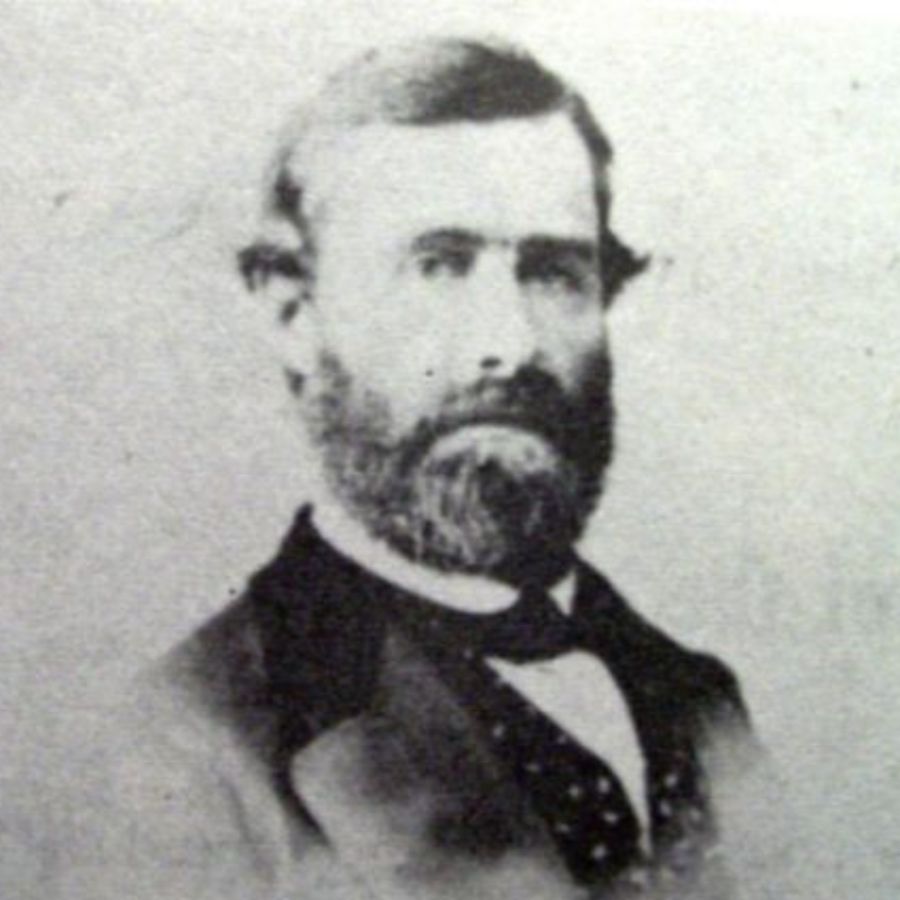
The Loomis Gang, a family of outlaws, was led by George Loomis and later his son, Wash Loomis in mid 19th-century in New York. They engaged in horse theft, counterfeiting, and other crimes.
During their criminal activities, the gang is said to have buried $40,000 in silver and gold coins in the Montezuma Swamp near Seneca Falls.
This cache was hidden to safeguard their loot from law enforcement and rival criminals.
The Montezuma Swamp, with its treacherous terrain, provided an ideal hiding place. The gang’s intimate knowledge of the area allowed them to navigate and conceal valuables effectively.
How much the treasure would be worth today
Considering the original amount of $40,000 in silver and gold coins, the treasure’s value today would be substantial. Accounting for the historical significance and rarity of the coins, the estimated worth could be around $1 million.
British Gold Near Colden – $3,000,000
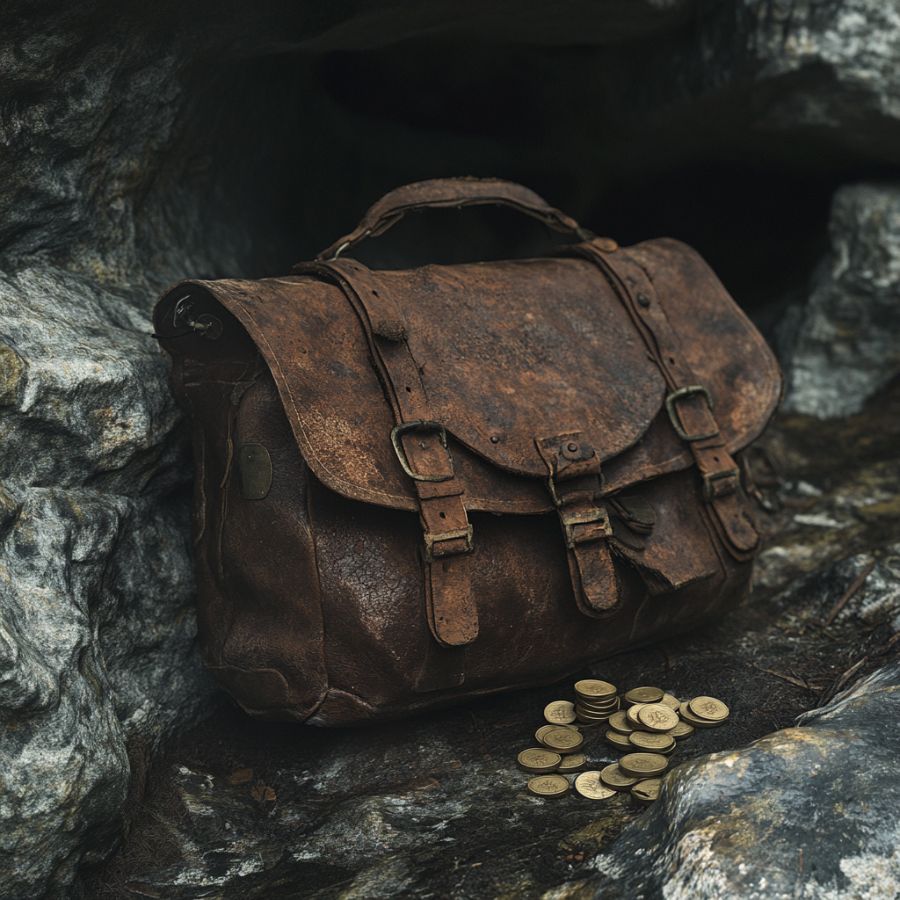
British forces were active in the region around Colden, New York, during the Revolutionary War.
In the late 18th century, they are believed to have buried a significant cache of gold, estimated between $150,000 and $175,000, to prevent it from being seized by advancing American troops.
The gold was likely intended as payroll for British soldiers or to fund military operations in the colonies.
As the war progressed and British control over certain areas weakened, officers may have decided to hide the gold to safeguard it from capture. The dense forests and rugged terrain near Colden would have provided an ideal hiding place.
How much the treasure would be worth today
Based on historical records, the treasure could weigh around 100 pounds. At current gold prices, this would value the treasure at approximately $2.5 to $3 million.
Moses Follensby’s Hidden Wealth – $10,000,000+
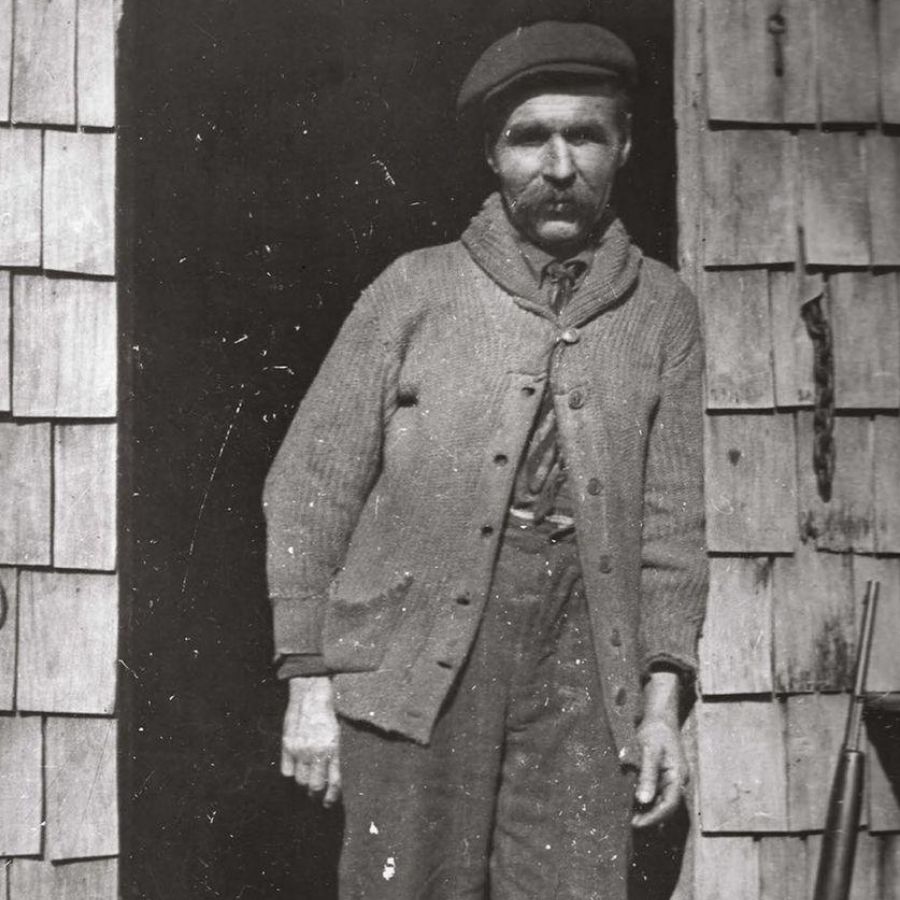
Moses Follensby, an enigmatic figure of the early 19th century, settled near what is now known as Follensby Pond in the Adirondack Mountains of New York. Arriving around 1820, he led a reclusive life, engaging in hunting and trapping.
Legends suggest that Follensby was a former British officer who fled to the American wilderness after personal or political turmoil.
Some stories claim he was escaping the infidelity of his wife, while others propose he was avoiding retribution following the Napoleonic Wars. These tales, though unverified, add to the mystique surrounding his character.
Follensby is rumored to have amassed a considerable fortune during his lifetime, possibly through undisclosed means. He allegedly buried this wealth, estimated at $400,000 in gold and silver coins, near his cabin by Follensby Pond.
After his death in the early 1840s, the legend of Follensby’s hidden wealth gained traction. Treasure hunters and historians have since speculated about the treasure’s whereabouts, with some searches conducted in the area.
How much the treasure would be worth today
The treasure’s value today could reach an estimated $10 million.
Revolutionary War Payroll Chest – $1,000,000
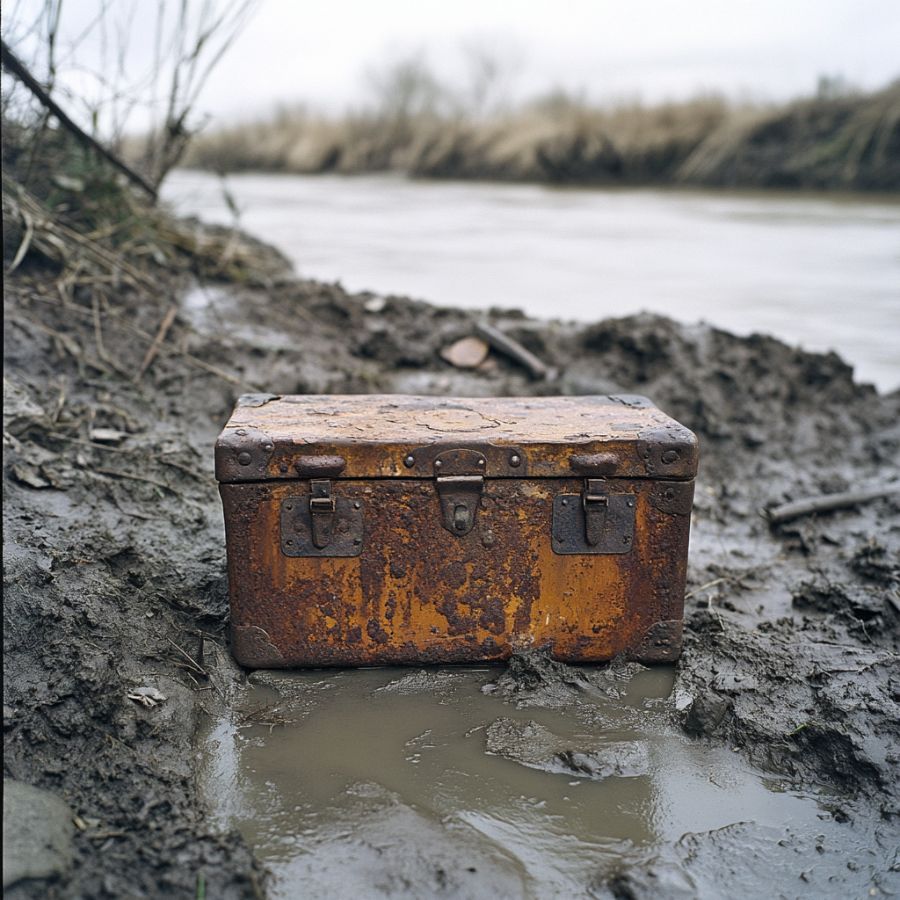
During the American Revolutionary War, a payroll chest intended for Continental soldiers was reportedly buried near Chaumont Bay in upstate New York.
According to local lore, the chest contained gold and silver coins designated for troop payments. When the transport vessel faced difficulties, possibly due to weather or enemy action, the crew buried the chest by a large oak tree for safekeeping.
The exact date of this event remains uncertain, but it likely occurred between 1775 and 1783, aligning with the Revolutionary War period. The individuals responsible for hiding the chest were presumably military personnel or ship crew members tasked with delivering funds to the Continental Army.
The story of the Chaumont Bay payroll chest has intrigued treasure hunters and historians alike. Some believe that clues to its whereabouts may still exist in historical records.
How much the treasure would be worth today
The treasure’s value today could be estimated between $500,000 and $1 million.
French Soldiers’ Cave Treasure – $4,000,000+
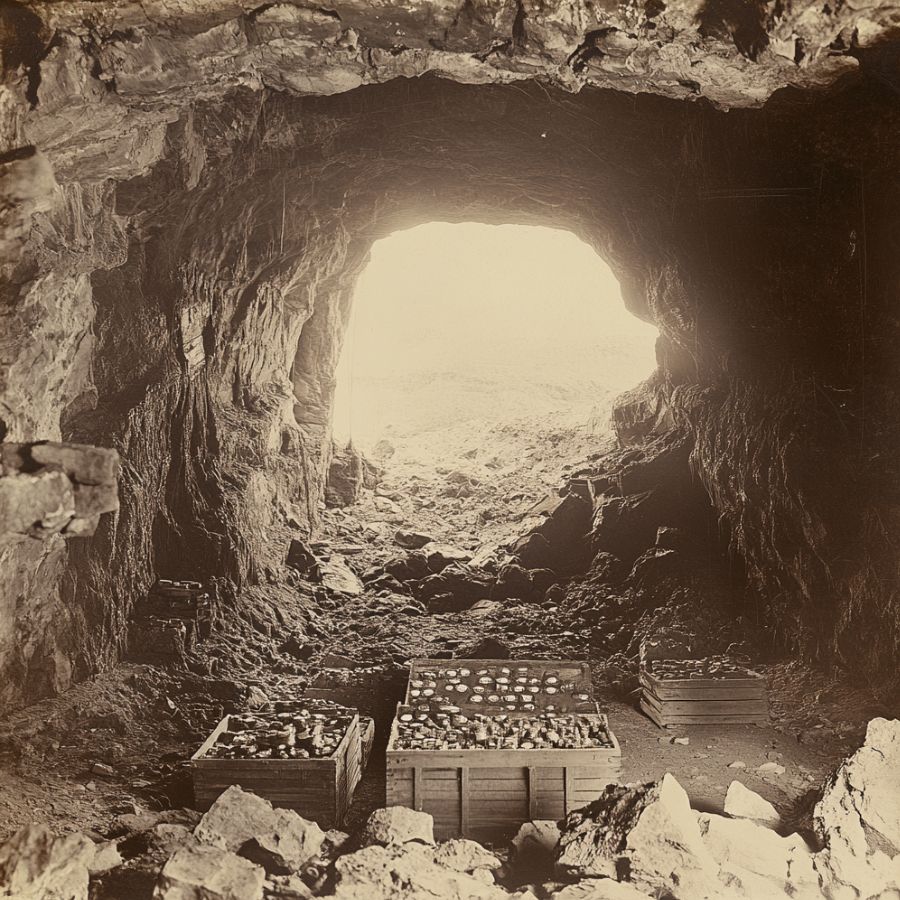
The French forces, during the French and Indian War (1754–1763), utilized the Old Portage Road, a vital link connecting the Great Lakes to the Mississippi River system, to facilitate movement between Lake Erie and Chautauqua Lake.
As the war intensified, French soldiers reportedly transported substantial amounts of gold intended for troop payments.
Facing the threat of British forces, they are believed to have concealed this treasure in a cave along Chautauqua Creek to prevent its capture.
The story of the hidden treasure reflects the broader historical context of the French and Indian War, highlighting the strategic importance of the region and the lengths to which armies would go to protect their assets.
How much the treasure would be worth today
The historical significance of the items could really raise the treasure’s price to $4 million or more.
Panama Rocks Outlaws’ Stash – $500,000
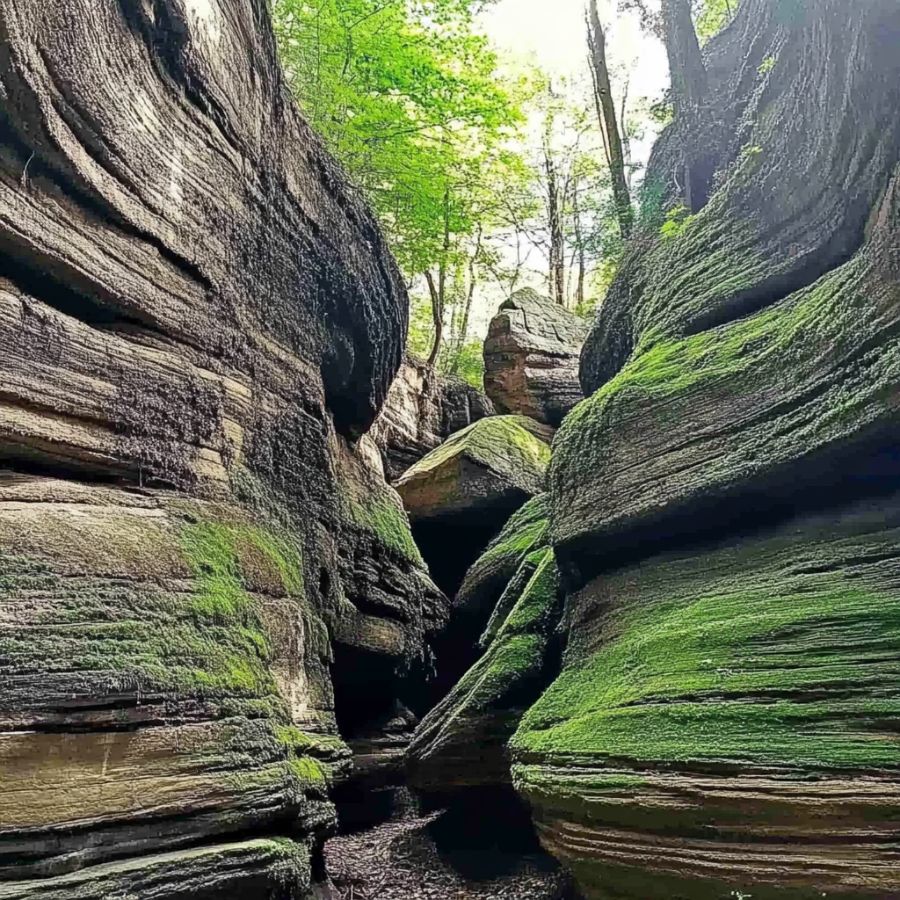
In the mid-19th century, the area known as Panama Rocks in Chautauqua County, New York, became a notorious hideout for outlaws and counterfeiters.
One notable incident involved a bank carriage transporting gold to a bank in Clymer, which was ambushed as it passed through Panama. The robbers concealed the stolen gold within the crevices of Panama Rocks, intending to retrieve it later.
Adding to the area’s mystique, a gang of counterfeiters used the rocks to mint and hide fake coins during the same period. An inn in the Village of Panama served as their meeting point.
When the inn burned down, thousands of counterfeit coins were discovered in the ruins, further cementing Panama Rocks’ reputation as a hub for criminal activity.
How much the treasure would be worth today
Estimating the value of the stolen gold hidden in Panama Rocks, the experts remark it could be worth around $2.5 million.
Claudius Smith’s Tory Gold – $250,000+
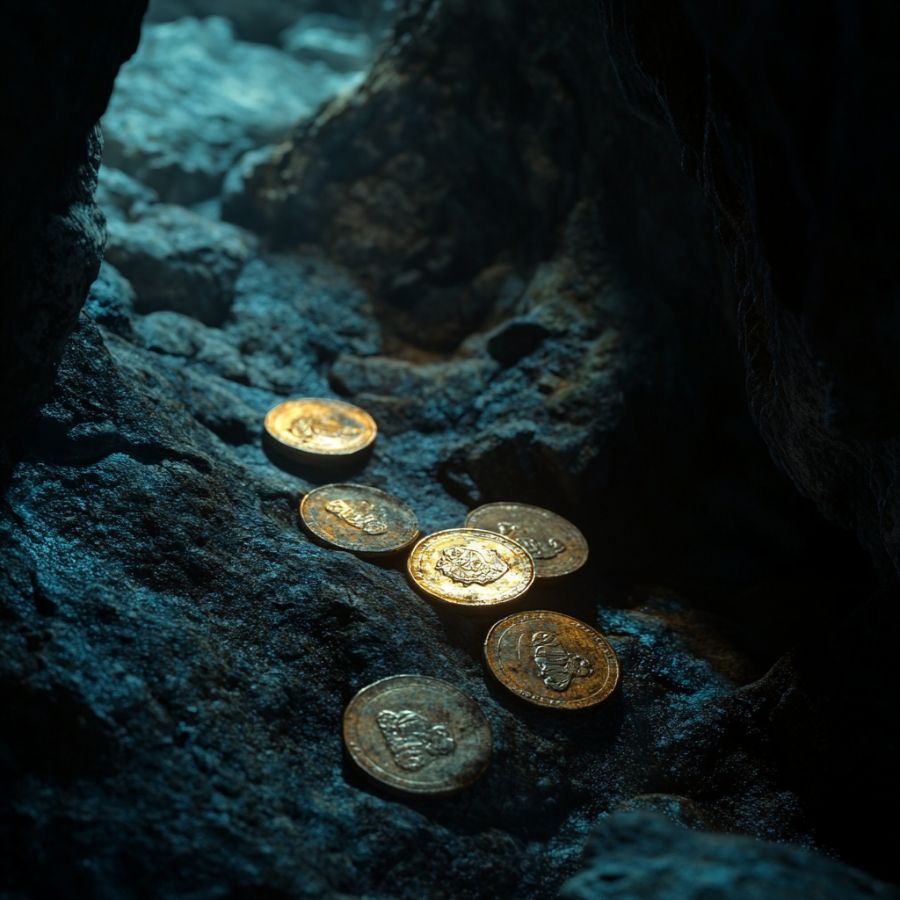
Claudius Smith, known as the “Cowboy of the Ramapos,” was a Loyalist guerrilla leader during the American Revolutionary War.
Operating primarily in Orange County, New York, he led a band of outlaws, including his sons William, Richard, and James. They conducted raids against Patriot communities, stealing livestock and goods to support the British cause.
Smith’s base of operations was in the Ramapo Mountains, particularly around Smith’s Clove, now Monroe. The rugged terrain provided natural hideouts, such as the caves near Tuxedo, known today as “Claudius Smith’s Den.”
These locations allowed Smith and his gang to evade capture while launching surprise attacks on unsuspecting travelers and settlements.
In October 1778, after the murder of Patriot Major Nathaniel Strong, New York Governor George Clinton issued a reward of $1,200 for Smith’s capture. He was captured, found guilty, and hanged on January 22, 1779. His sons, William and James, were also captured and executed later.
Legend has it that Smith amassed considerable wealth from his raids, including gold and silver coins. He is believed to have hidden this treasure in the caves and surrounding areas of the Ramapo Mountains.
How much the treasure would be worth today
Assuming a modest stash of $5,000 in gold coins, their value today could exceed $250,000. If the treasure is larger or includes rare items, the value could be substantially higher.
Otto Hillig’s Nazi Loot – $100,000,000+
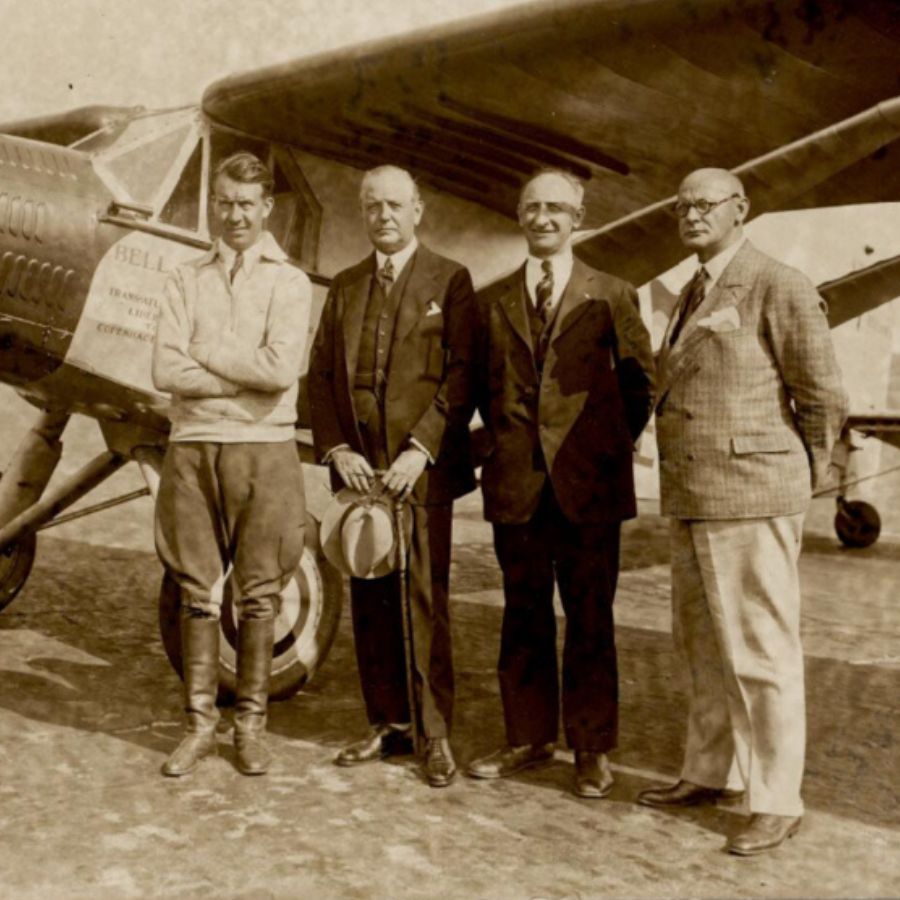
Otto Hillig, a German-born photographer, immigrated to the United States in the early 1900s. He later returned to Germany during World War II and became entangled in rumors of hidden Nazi treasure.
The treasure is said to include gold bars, jewels, and rare coins. Some stories suggest it also contains valuable artwork stolen during the war. The exact contents remain unknown but are believed to be worth millions.
It is believed that Otto Hillig hid the treasure somewhere in the Catskill Mountains of New York. Some researchers think he buried it near his former home or in a remote wooded area. The treasure has never been found despite numerous searches.
The treasure was supposedly hidden in the final years of World War II. This would have been around 1944 or 1945. The timing coincides with the collapse of the Nazi regime, which led many officials to hide stolen riches.
How much the treasure would be worth today
Experts estimate that the treasure could be worth around $100 million today.
Revolutionary War Gold Near Rome – $5,000,000+

In 1777, during the American Revolutionary War, British Brevet General Barry St. Leger led a campaign to capture Fort Stanwix, located in present-day Rome, New York.
Facing defeat and a rapid retreat, General Barry St. Leger is thought to have ordered the concealment of their treasure to prevent it from being seized by American forces.
The hidden treasure is believed to consist of gold bars and coins. Some accounts suggest that the gold was concealed inside a cannon, which was then discarded in a swamp. Others propose that the gold was placed in a small chest and buried in a farm field near Rome.
How much the treasure would be worth today
If the cache contained, for example, 100 pounds of gold, it would be worth approximately $2.4 million today. Additionally, the historical value of the coins and artifacts could potentially bring the total value to around $5 million.
The Lost Silver Mine – $10,000,000+
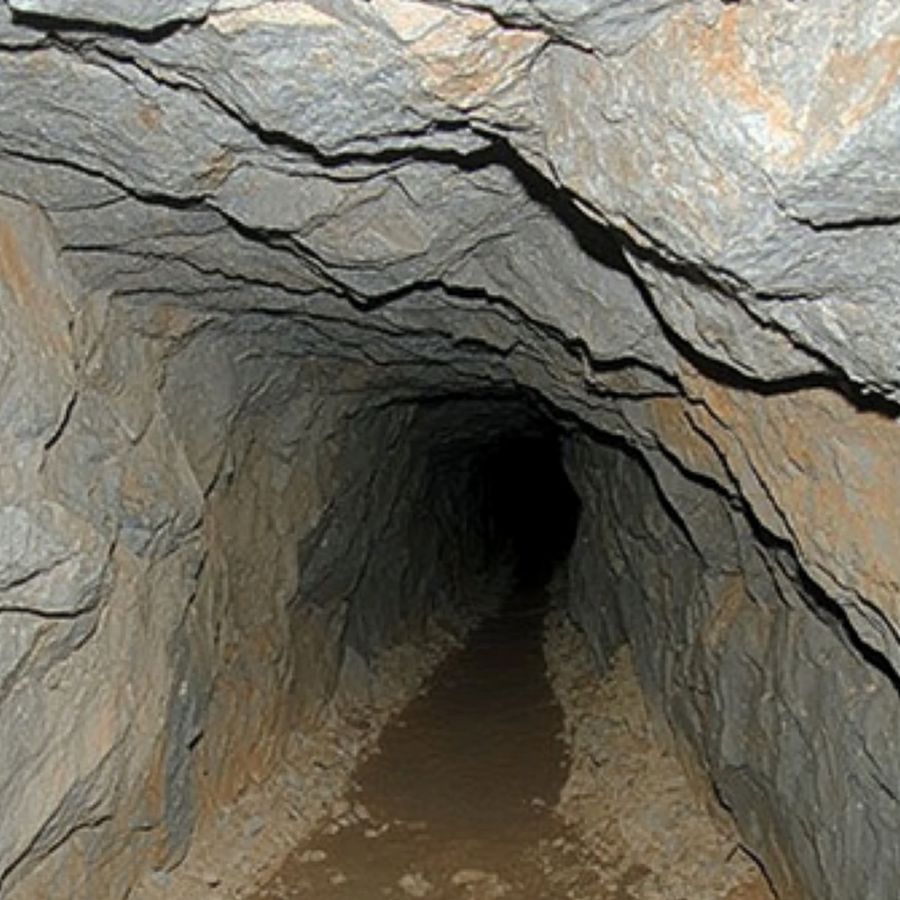
The Lost Silver Mine near Ellenville is a famous tale of hidden treasure in the Shawangunk Mountains of New York.
The story dates back to the 1700s when local legends spoke of a rich silver deposit discovered by early settlers or Native Americans. The mine’s exact location has remained a mystery for centuries, fueling intrigue and numerous expeditions to find it.
It is believed the treasure includes veins of pure silver or hidden caches of mined silver. Some accounts suggest that the silver was either left behind by its discoverers or purposefully hidden to keep it safe.
Many attribute the story to a Dutch settler named Thomas or Timothy van Keuren, who reportedly found the mine in the 18th century. Some say he kept its location secret to prevent others from exploiting it.
How much the treasure would be worth today
If the mine contains natural silver deposits, it might be valued at $10 million or more today.
Fort de La Présentation’s Buried Gold – $10,000,000+
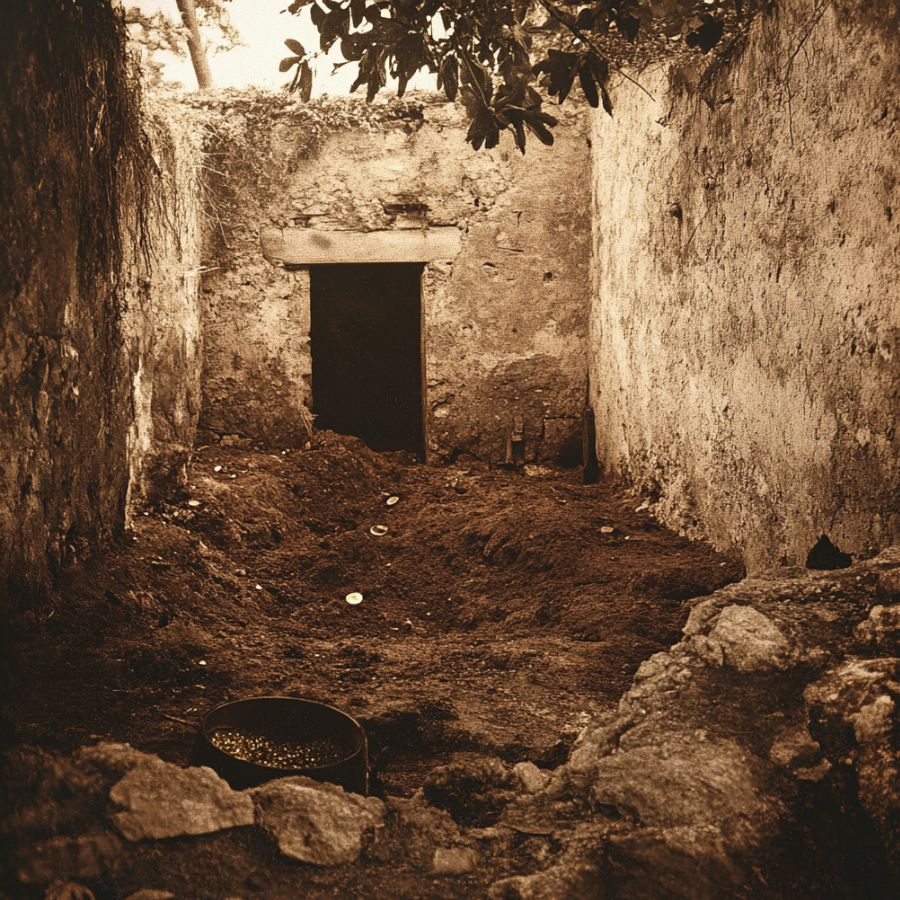
Fort de La Présentation, located near modern-day Ogdensburg, New York, was a French mission and military outpost during the French and Indian War. It is believed that gold and other valuables were buried there to keep them safe.
The treasure is said to include gold coins, religious artifacts, and possibly other valuable items. These items may have been used by the fort’s missionaries and soldiers.
The gold is believed to have been hidden by French soldiers or Jesuit priests. One notable figure linked to the story is Father Abbé François Picquet, a Jesuit missionary who founded the fort in 1749.
The treasure is thought to be buried near the ruins of Fort de La Présentation, close to the St. Lawrence and Oswegatchie rivers. This location was strategic for trade and defense but became vulnerable during the war.
Historians estimate the treasure was buried in the 1760s when the British took control of the region. The chaotic period likely prevented those who hid it from recovering it later.
How much the treasure would be worth today
A conservative estimate places the treasure’s total value at around $8 to $10 million.
Balsam Mountain Counterfeiter’s Cache – $4,000,000+

It is said that a group of counterfeiters operated in the Balsam Mountain, producing fake coins and hiding their tools and profits. The leader of the group was believed to be a man named Moses Talbot, who had a reputation for being cunning and secretive.
The hidden cache is rumored to contain counterfeit coins, the molds used to make them, and possibly stolen valuables. Some believe there may even be legitimate gold or silver hidden with the counterfeit items.
Talbot and his gang are thought to have hidden the treasure in the mid-1800s when authorities began cracking down on counterfeiting operations. Talbot’s ability to avoid capture suggests he was careful about choosing a secure hiding place.
The treasure is thought to be hidden near a cave or secluded spot on Balsam Mountain. Law enforcement pressure and the need to avoid suspicion may have forced the counterfeiters to abandon their operations.
How much the treasure would be worth today
If the cache contains counterfeit coins, molds, and other tools, its value as a historical artifact could reach $1 million or more. If genuine gold or silver is part of the hoard, the total value could exceed $3 million. A reasonable estimate for the treasure’s worth today would be around $2 to $4 million.
Guggenheim Treasure – $25,000,000+

The Guggenheim Treasure was lost on September 26, 1903, when a barge named Harold sank off the coast of Staten Island, New York.
The barge was transporting 7,700 silver and lead ingots owned by the wealthy Guggenheim family. The cargo was en route to the American Smelting and Refining Company in Perth Amboy, New Jersey when it unexpectedly sank.
The treasure consisted of silver ingots and lead, materials critical to the Guggenheim family’s smelting and mining businesses. These ingots were part of their expansive industrial operations and held significant monetary value at the time.
The wreck is believed to be somewhere off the coast of Staten Island, likely in the waters of the New York Harbor. The combination of strong currents, poor visibility, and changing underwater conditions has made the treasure difficult to find.
How much the treasure would be worth today
The treasure’s value today could be $25 million or higher.
SS Merida’s Lost Gold – $30,000,000+
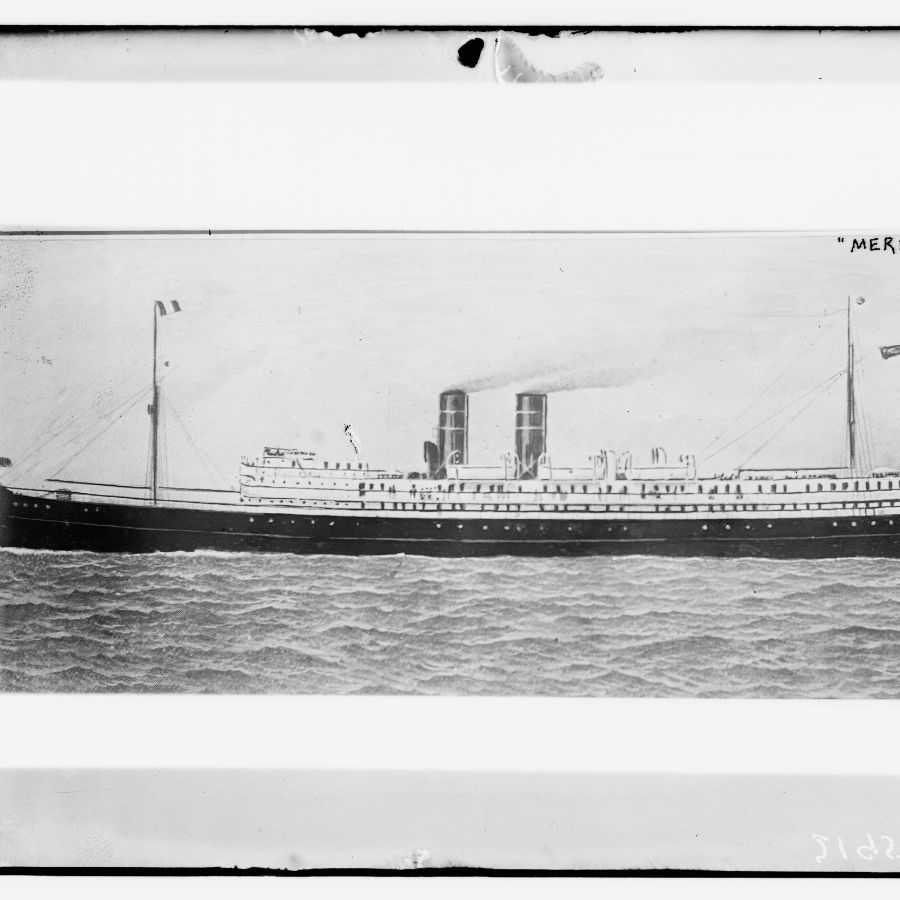
The SS Merida was a luxury steamship that sank off the coast of Virginia on May 12, 1911. The ship was returning from Mexico to New York City, carrying passengers and valuable cargo. Among its cargo was a large amount of gold and other treasures, reportedly hidden to safeguard them during the Mexican Revolution.
The treasure is believed to include gold coins, bullion, and valuable artifacts, with some accounts suggesting jewels were also aboard.
The gold was reportedly taken out of Mexico by wealthy individuals seeking to protect their wealth during political upheaval. This made the ship’s cargo both valuable and historically significant.
The exact amount of treasure remains unclear, but it was likely substantial, given the ship’s reputation for carrying elite passengers.
The ship sank in 1911 after a collision with another vessel, the SS Admiral Farragut. The wreck and its treasures were lost during the confusion of the sinking.
How much the treasure would be worth today
If the treasure aboard included gold coins and bullion, its value could exceed $20 million. With the addition of rare jewels or artifacts with gold coins and bullion, the total worth could rise to $30 million or more. The historical importance of the shipwreck might further increase the value of the find.
Captain Kidd’s Treasure on Gardiners Island – $15,000,000+
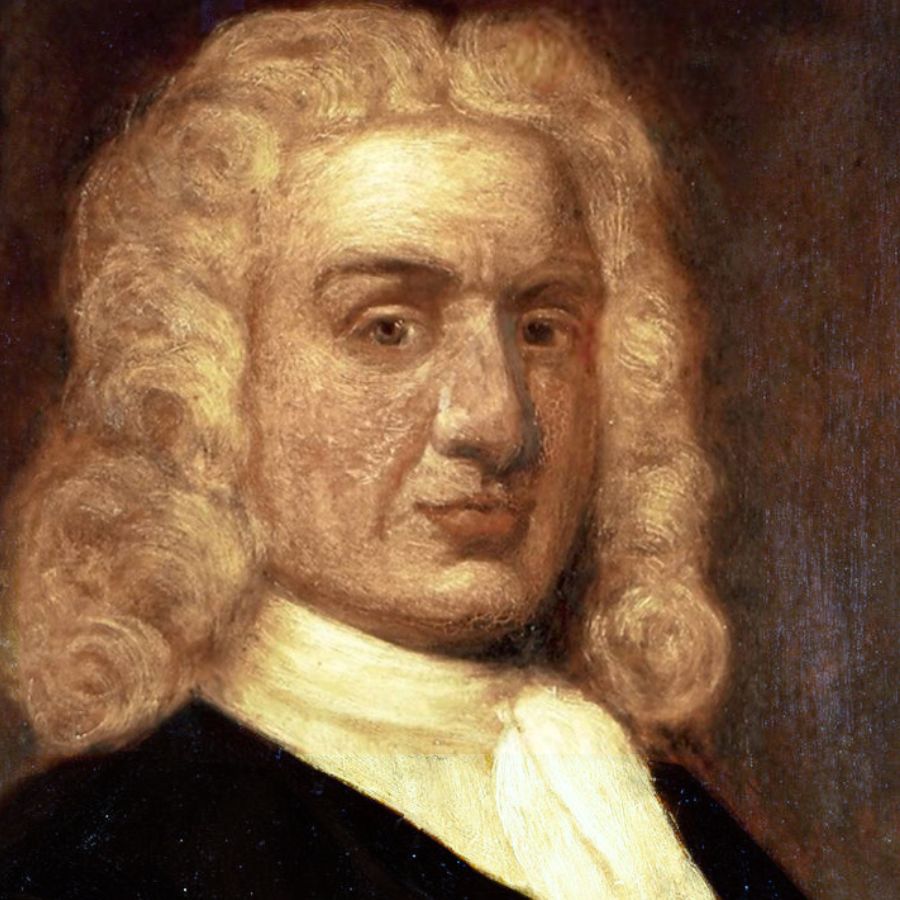
Captain William Kidd, a notorious pirate, is said to have buried treasure on Gardiners Island in 1699. The island, located off the coast of Long Island, New York, was owned by the Gardiner family.
The chest’s contents were said to be incredibly valuable, representing spoils from his piracy in the Indian Ocean.
Captain Kidd himself is credited with hiding the treasure. After burying it, he reportedly told the island’s owner, Lion Gardiner, about its location. Kidd hoped the Gardiner family would safeguard the treasure, but it was later recovered by British authorities and used as evidence against him during his trial.
The treasure was originally buried in a specific spot on Gardiners Island, but its exact location remains unknown. While some of the loot was officially recovered, rumors persist that not all of it was taken. These stories suggest additional treasure may still be hidden on the island.
How much the treasure would be worth today
Captain Kidd’s treasure’s value could be estimated at $15 million or more.
Sir William Johnson’s Hidden Wealth – $8,000,000+
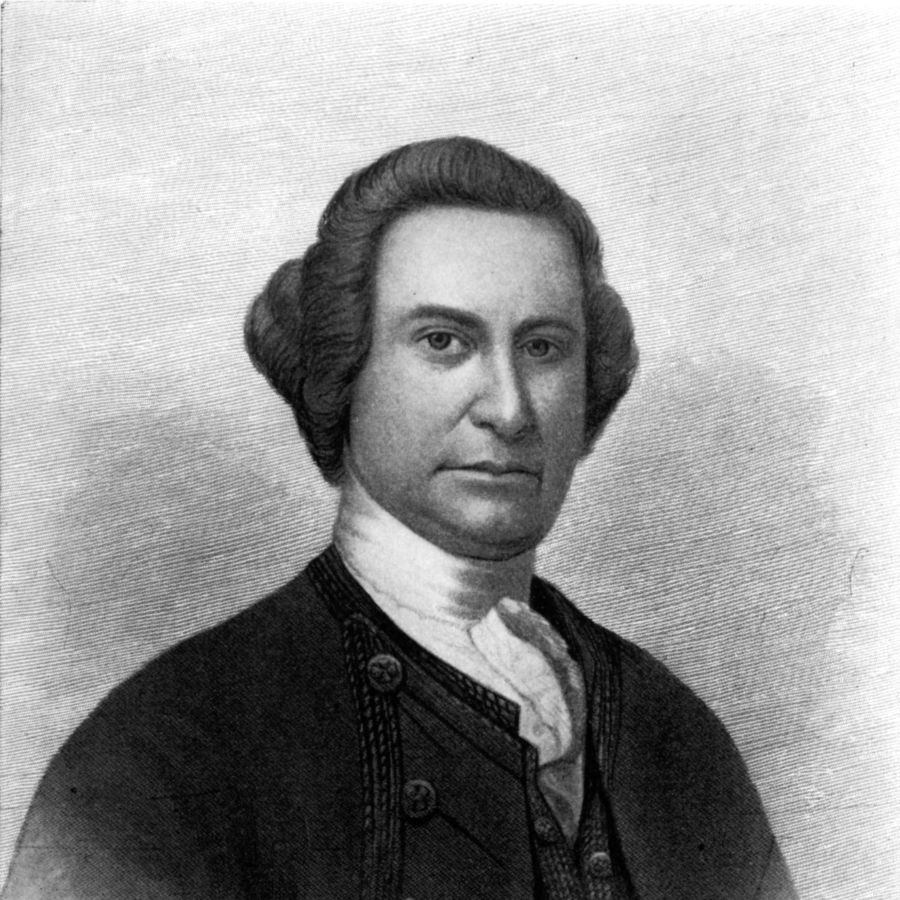
Sir William Johnson was a British official, landowner, and diplomat in colonial New York during the 18th century. Known for his strong alliances with the Iroquois Confederacy, he amassed significant wealth through land dealings, trade, and his influential position.
Before his death in 1774, it is believed that Johnson hid a portion of his fortune to protect it during the political unrest leading up to the American Revolution.
The hidden wealth is thought to include gold coins, silver, and other valuable items. Johnson’s fortune was considerable, and some of it may have been gifts or payments from Native American leaders.
The treasure is believed to have been hidden by Johnson himself, possibly with the help of trusted aides. As a skilled leader, Johnson understood the need to safeguard his wealth during uncertain times and to retrieve it later. His unexpected death meant that the location of the treasure was never revealed.
The fortune is rumored to be buried near Johnson Hall, his estate in Johnstown, New York, or on the expansive lands he controlled. Some believe it may also lie along historic trade routes or near important meeting places.
How much the treasure would be worth today
As some believe the treasure also contains rare gifts from his alliances with Native American leaders, other than gold coins and silver, its value could be estimated at $8 million or more.
The Lost Treasure of Little Beard’s Town – $5,000,000+
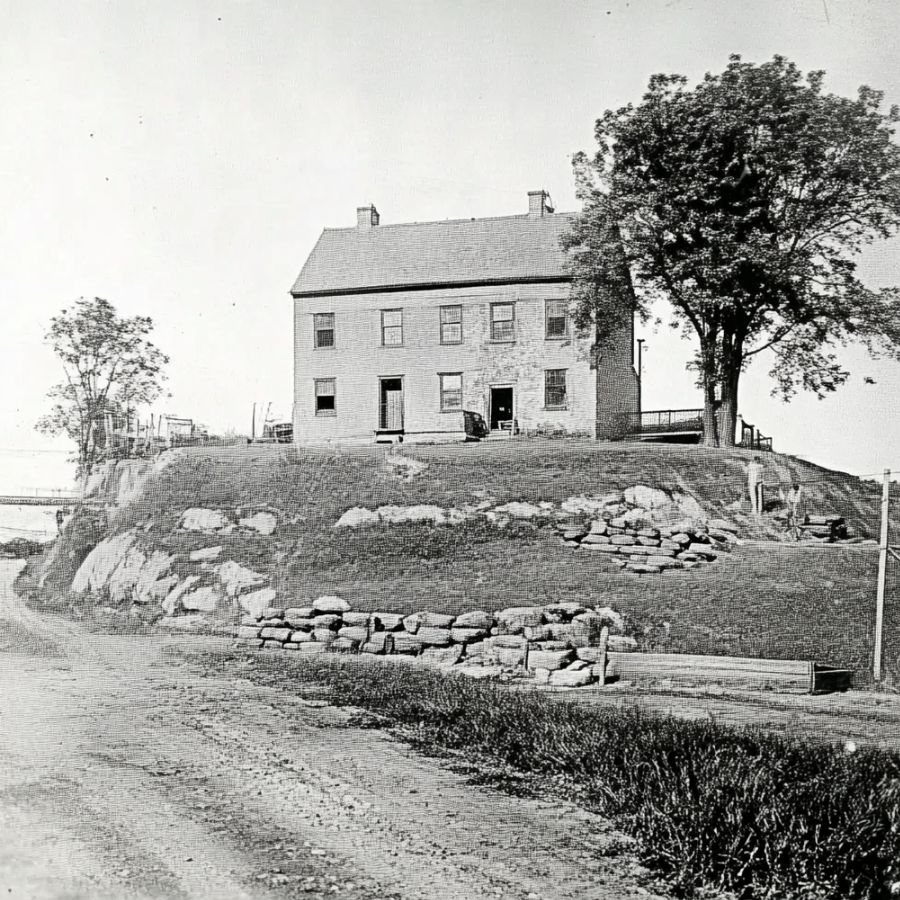
Little Beard’s Town, a Seneca village located near present-day Cuylerville, New York, was an important site for trade and Native American culture. During the Sullivan Expedition in 1779, the village was destroyed, and legends suggest treasure was buried there to keep it from falling into enemy hands.
The treasured items were likely part of the wealth accumulated through trade with settlers and other tribes. Some accounts also mention artifacts and ceremonial items of cultural significance.
The treasure is rumored to be buried near the site of Little Beard’s Town along the Genesee River.
The area has been searched extensively, but the exact location remains a mystery. The destruction of the village and changes in the landscape over time have made the search difficult.
How much the treasure would be worth today
The treasure could be worth around $3 to $5 million today.
The Lost Gold of the Chemung River – $15,000,000+

The Lost Gold of the Chemung River is linked to a British payroll transport during the American Revolutionary War. The gold was meant to pay British soldiers and allied Native American forces in the region.
During a confrontation with American troops near the Chemung River, the British convoy reportedly hid the gold to keep it from being captured.
Captain John Butler, a loyalist leader commanding British and Native American forces in the area, is often associated with the story. His involvement in local skirmishes and logistical operations makes him a likely figure connected to the lost gold. However, no definitive records confirm his direct role in hiding the treasure.
The gold is rumored to be hidden along the River near Elmira, New York, specifically in areas close to historic battle sites. Shifting riverbanks and sediment from floods over the years have likely buried the treasure deeper, complicating recovery efforts.
Searchers have focused on known British encampments and trails used during the war.
How much the treasure would be worth today
Based on the quantity of gold coins believed to have been buried, the treasure’s value could range from $8 to $12 million. If any coins are rare or historically significant, their value could increase the total worth significantly, possibly exceeding $15 million.

